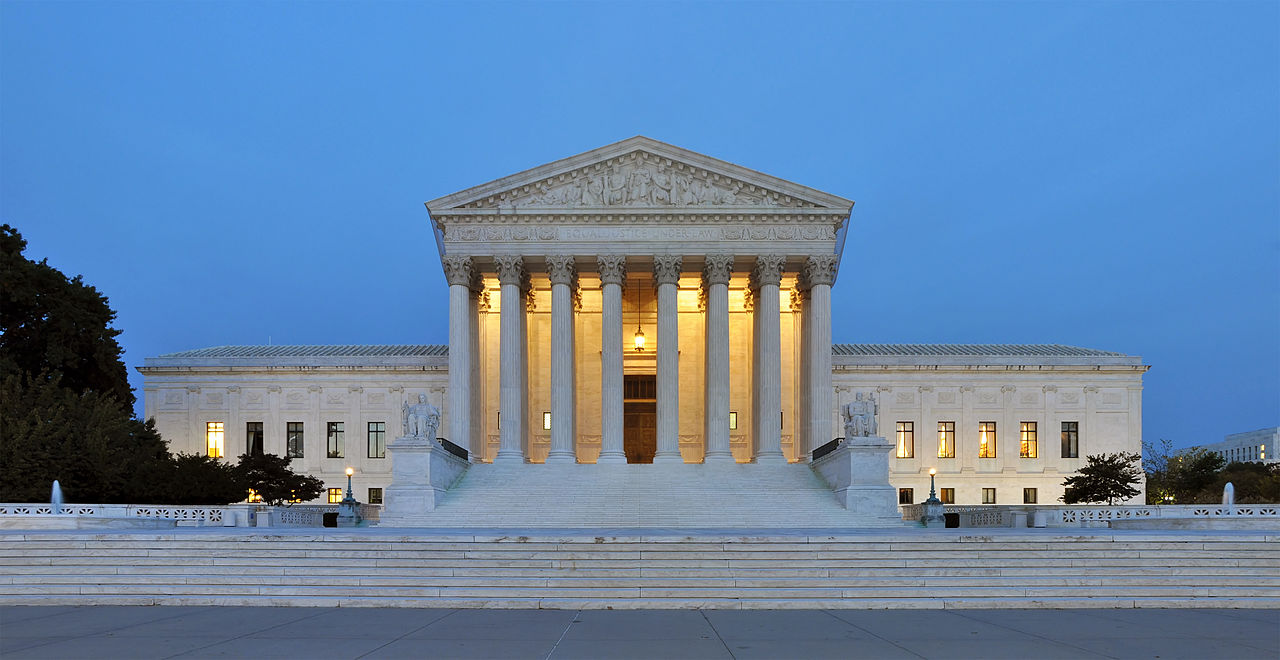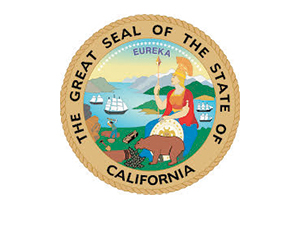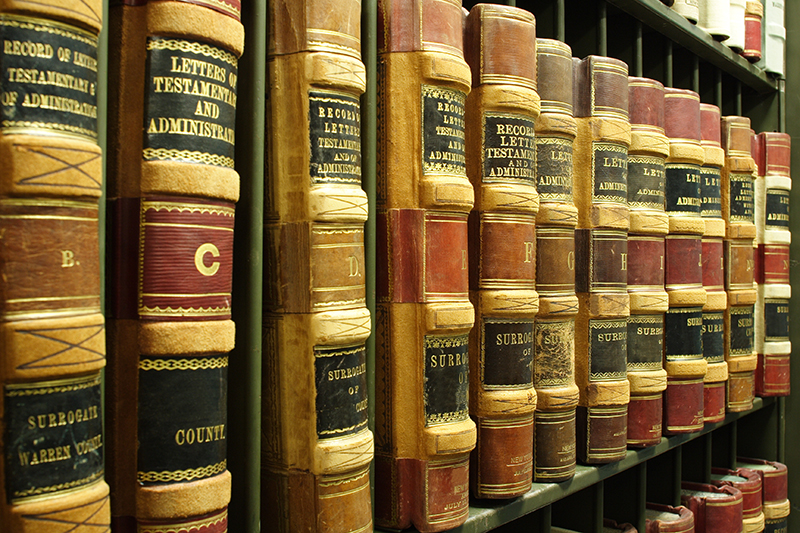
Justitia, Lady Justice. (Photo: Wikipedia)
The Connection Between Judges and Bill Drafters
Literalism versus Purposive intent
By Chris Micheli, November 10, 2020 6:29 am
What is the connection between how judges interpret statutes and how statutes are drafted by legislative counsel? In broad terms, it is “literalism” versus “purposive” approaches to interpreting statutes. Literalism is generally defined as the interpretation of words in their usual or most basic sense, while purposive is generally defined as the interpretation of words based upon having or being done with a purpose.
In a historical context, for legal systems based upon the common law, and derived from the English tradition, literalism is the basis for legislative interpretation, while those systems based upon the civil law tradition mainly utilize the purposive technique to interpret statutes.
These two main approaches to statutory interpretation are based upon either using the words of a statute based upon their literal meaning (“Literalism”) or using the words of a statute based upon their intended purpose (“Purposive”). The plain meaning rule, also known as the literal rule, is one of the canons of statutory construction traditionally applied by English courts.
Under this approach, a court takes a literal approach to legislative interpretation when the statutory language is precise and does not contain ambiguity. Other the other hand, according to purposive interpretation, the purpose of the text is not part of the text itself. Instead, the judge determines the purpose of the statute based on information obtained to ascertain the intent of the legislature.
Either of these two main theories of statutory interpretation results in judges and bill drafters being intertwined. As explained in the Athabasca University’s Graduate Diploma in Legislative Drafting Program, “drafting and interpretation have always been linked.” This is due to the fact that “judges have developed their approaches to interpretation on the basis of the way legislation has been drafted; and, legislative counsel are influenced by judicial practice on interpretation.”
Judges have historically, and appropriately, placed a lot of weight on the manner in which particular words or expressions are used, which is why literalism has been a feature of common law statutory interpretation. Some commentators believe that judges have been moving away from literalism to the purposive approach. This is because of a belief that the purposive approach allows judges to give statutory words their meanings based upon the underlying public policy.
Whether a judge follows a literalism approach or a purposive approach when interpreting a statute, judges may start by looking at the “plain meaning” (or ordinary meaning) of the statute’s text, followed by using aids, such as the canons of statutory construction or the legislative history of the text. In the end, both theories are intended to ensure that the judicial branch is interpreting the statute in the manner intended by the legislative branch of government.
This is because, under the Constitution, such as California’s Article III separation of powers doctrine, the legislative branch makes the laws, while the judicial branch interprets the laws. Statutory interpretation is intended to respect the fact that the Legislature is the supreme lawmaker. Of course, the problem that arises is when the judiciary attempts to determine the intent of the legislature when examining a statute that is at the center of a legal dispute. In many instances, it is difficult to ascertain the intent of the legislative branch from just the words of the text. It is when the judiciary attempts to determine legislative intent that judges take one of these two main approaches to statutory interpretation.
A purposive proponent attempts to construe a statute to fulfill the intent of the legislature. Such a proponent will look at the legislative process to determine what policy goal was intended by enactment of the statute. Then the judge would interpret the law to be faithful to that legislative intent. By using the legislative process, these judges give credit to how and why a statute was enacted. Judges look to the context in which the legislation was adopted, which is why legislative history plays an important role in this theory of interpretation.
We know that state legislative history, especially in California, is limited, as opposed to legislative history at the federal level which benefits from the Congressional Record and extensive “mock-up” sessions of committee hearings. As such, some commentators critical of this approach express that it is difficult for judges to always find the legislative purpose, and then ensure that their decision is consistent with that purpose. Another concern is that this approach could lead to ignoring the text in an effort to achieve the legislature’s “purpose.”
Textualists, on the other hand, focus on the legislative text and how a reasonable person would read the statutory language. Purpose is to be gleaned from the text of the law. Some commentators use the phrase that judges using this approach “presume that legislators mean what they say” in the legislative text. Textualists also believe that attempting to find the purpose may allow judges to enter into the lawmaking power, which is reserved to the legislative branch. Rather than relying upon the legislative history of the bill, these judges utilize the canons of statutory construction to help with interpretation.
Some critics of this approach of interpretation believe the legislative branch understands that the judicial branch is charged with interpreting the laws that are written by the legislature and, as such, expect the judiciary to consider the legislative process, the history of a statute’s enactment, and the purpose of the law.
As you might imagine, many judges on the state and federal benches do not identify themselves solely within one theory or the other. In other words, some judges utilize aspects of both theories of statutory interpretation. As such, some commentators see a convergence of the two theories that shows up on occasion in judicial decisions. In practice, this means that judges employing either theory, or a combination of them, begin their legal analysis with the text of the statute and then consider rules of grammar, canons of construction, and perhaps even legislative history.
Ultimately, these two theories of interpreting statutes at the federal and state levels create an obvious connection between how judges interpret statutes and how statutes are written by legislative drafters. Judges interpret statutes based upon how they believe legislators have crafted statutes and bill drafters write bills based upon their understanding of how courts interpret legislative texts. Each relies on the other in fulfilling their roles in the lawmaking process.
- Bonds and Undertakings in California - December 21, 2025
- Pleadings in Eminent Domain Cases - December 20, 2025
- Complaint Resolution in Child Support - December 20, 2025




